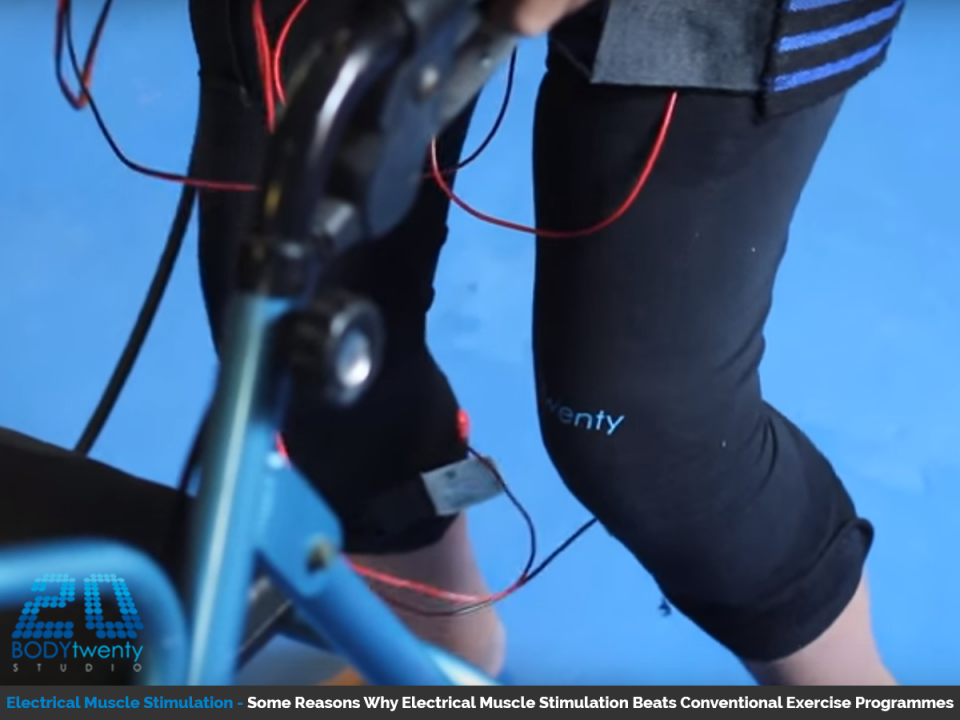Electronic Muscle Stimulator
Why an Electronic Muscle Stimulator Offers a Faster Fitness Option
When Luigi Galvani first applied an electrical current to the leg muscle of a dissected frog in 1761, he could have had little idea of the possibilities that his observation might open up almost 200 years later. It was in 1960 that the Russians first began to employ electronic muscle stimulators (EMS) as a means with which to strengthen their athletes, claiming to achieve gains of up to 40 percent. What Galvani had observed was that each time he applied the current, the frog’s leg muscle contracted. We now know that this involuntary reaction, not only duplicates the effect of the contractions achieved voluntarily by nerve impulses during exercise, but also serves to intensify it.
Nerve impulses are, of course, electrical in nature and these must generally reach an action potential of around 40 millivolts, in order to give rise to a contraction. By contrast, EMS employs voltages of around 60 volts, but with just a tiny output current to eliminate any possible risk of electric shock. The result of applying this far higher voltage, however, is that electronic muscle stimulation penetrates deep into the tissues and therefore activates far more muscle fibres than the nerve impulses resulting from exercise. The most significant benefit of EMS is that it is able to achieve visible, positive results in far less time than when following a conventional exercise programme.
Just as important, is the fact that there are very few individuals who are unable to benefit from this type of activity, and it is common practice to tailor an EMS programme that will meet their specific needs as effectively as possible. While this technology should definitely not be used by anyone with a pacemaker or a cardiac condition, there are programmes suitable for almost everyone else, from the super-fit to the consummate couch potato, and even those who may need some help when recovering from an injury.
In practice, electronic muscle stimulators were in use for quite some time as a preferred treatment to assist the rehabilitation of professional athletes following various sports injuries, before finding their way into the domain of the general public. Incidentally, age need not be a barrier to enjoying an EMS session either. Because this is a highly flexible technology, it is a simple matter to design a programme that, for instance, will preclude any form of impact on the joints that might otherwise result in pain or discomfort.
For those who are already physically fit, it can be used to supplement their normal fitness training by increasing the effect of using weights and other resistance devices, and further promoting increased strength and bulk. If, on the other hand, ones’ objective may simply be to develop a leaner and more toned physique, the electronic muscle stimulation equipment can be adjusted to modify the end-result accordingly.
Like the professional trainers in conventional fitness centres, supervision by a professional qualified in the use of EMS technology is always recommended, and this is a standard feature of the sessions conducted at the growing number of Body20 studios now operating in South Africa. Whether your goal may be to lose weight, rid yourself of cellulite, bulk up, tone your body, or assist with post-injury rehabilitation, an electronic muscle stimulator can help.





